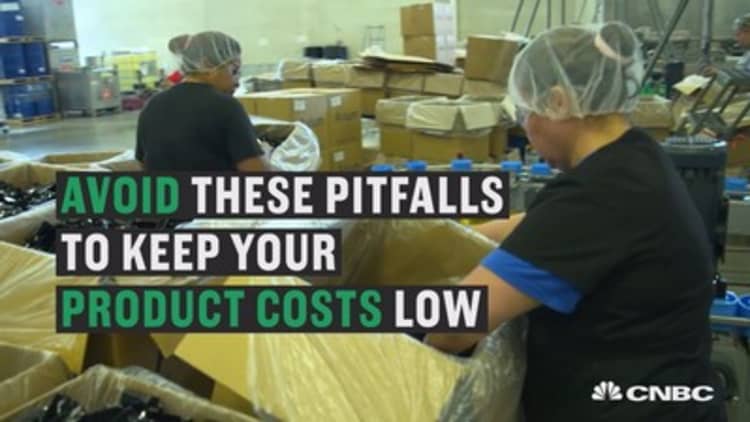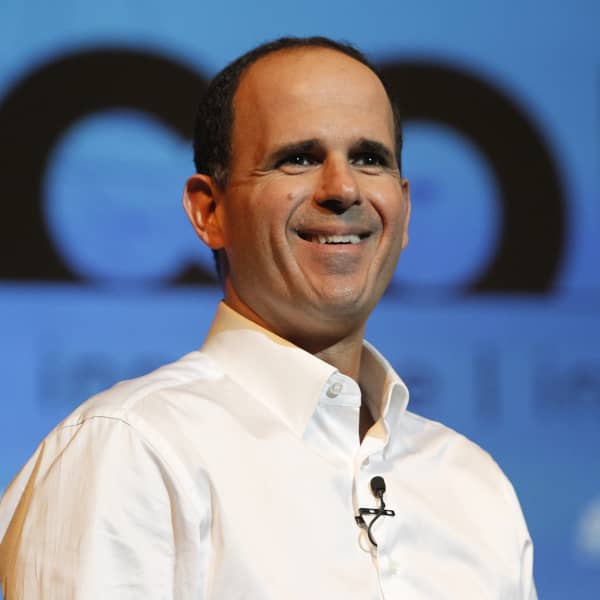Before you hire an outside party to distribute your product, think twice — they might be unnecessarily costing your business an arm and a leg.
That's the lesson Max Kater, CEO of Murchison-Hume, learned on this week's episode of CNBC's "The Profit."
Over the past few years, Kater had been using a convoluted process to get her fleet of upscale, nontoxic cleaning products — ranging from glass cleaners to dish soaps — from the factory floor to consumers' hands.
That's because her business, established in 2008 and currently based in Los Angeles, has been manufacturing its products in Skokie, Illinois, a suburb of Chicago, and then sending them to a third-party logistics center in Dallas. This nearly 1,000-mile trip to the Texas city has been costing Murchison-Hume an additional 50 cents per unit.
Though 50 cents may sound like nothing, it adds up.
"Murchison-Hume, like any wholesaler, sells to retailers at twice its cost, meaning that the 50 cents turns into $1 by the time it gets to the retailer," Lemonis explained. The retailer then marks up the product, so that $1 becomes $2 in the eyes of a customer.
For a product that sells in stores for $9, like many of Murchison-Hume's products, that $2 price difference is significant. "What do costumers do when they see that inflated price? Well, you take a guess. They walk away," Lemonis said.
To solve the problem, Lemonis suggested Kater work with a partner that manufactures, packages and distributes products all under one roof, streamlining the process and saving Kater an extra 50 cents on the cost of goods sold.
For the same margins, that change translates to up to a 22 percent savings to consumers, resulting in a more marketable product.
Video by CNBC's Zack Guzman. CNBC'S "The Profit" airs Tuesdays at 10 p.m. EDT.






